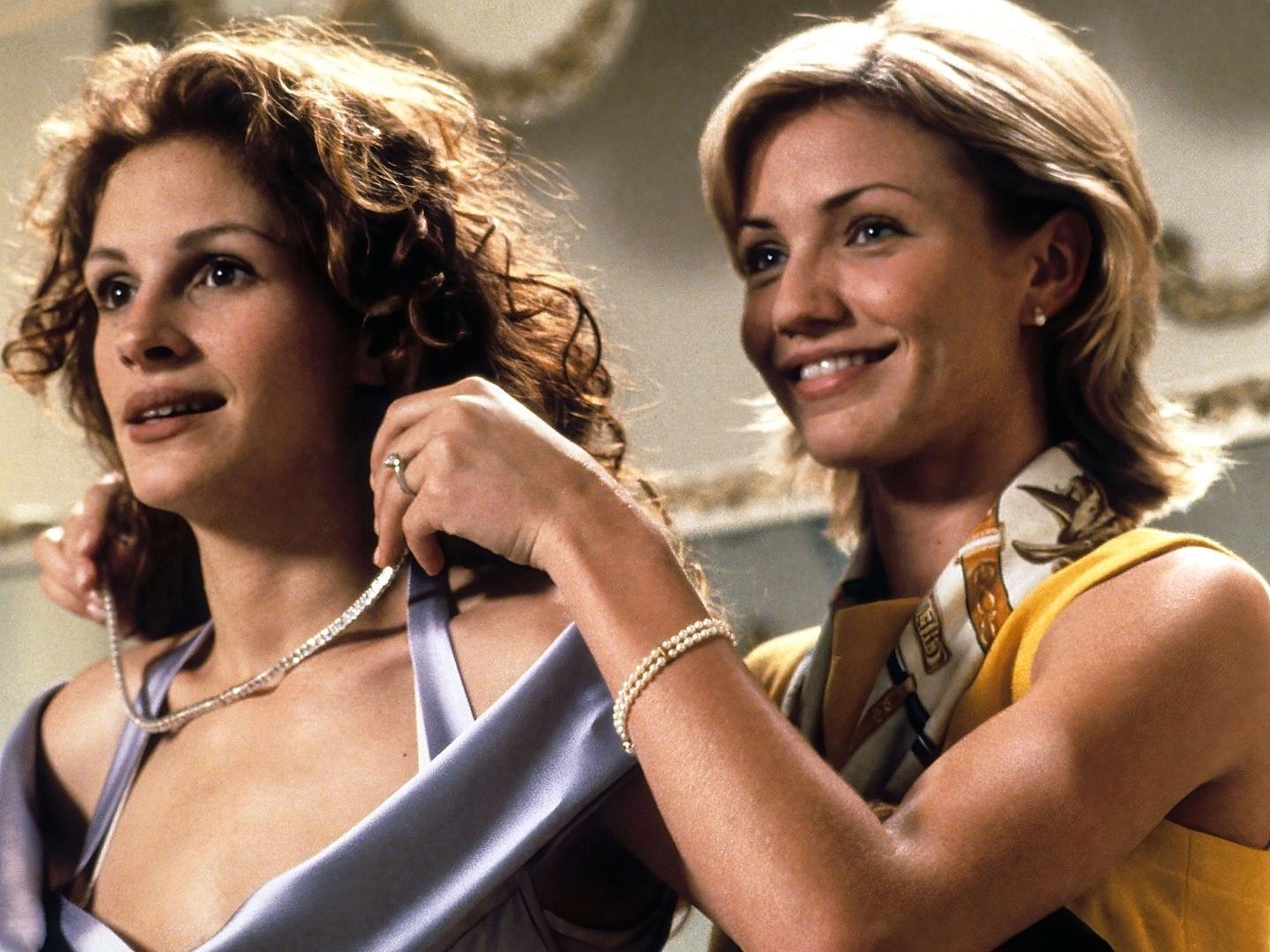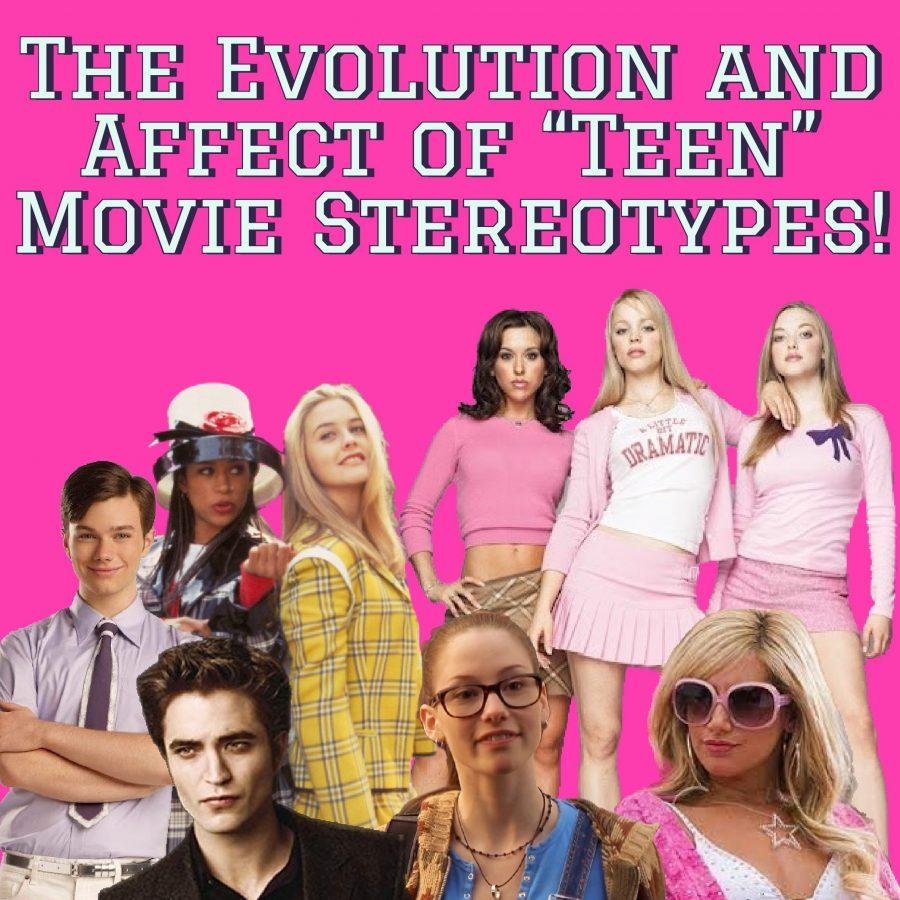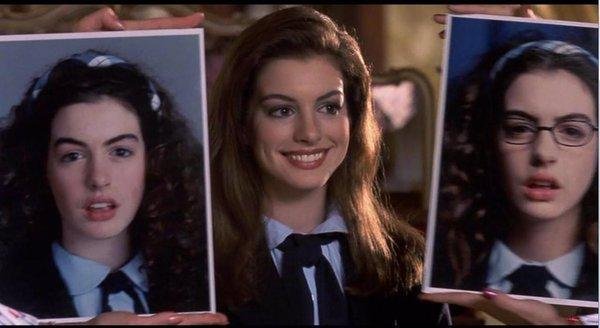Empowering Portrayal of Girls in Cinema: Breaking Stereotypes and Inspiring Change
For decades, girls in cinema have been portrayed in certain stereotypical roles, often as damsels in distress, love interests or sidekicks to male leads. While there have been some exceptional female characters, these representations have been few and far between. However, times are changing, and we are now seeing a rise in empowering portrayals of girls in cinema. These characters are breaking stereotypes, challenging gender norms, and inspiring change. In this article, we will explore the importance of these portrayals and how they are shaping the cinematic landscape.
For decades, girls in cinema have been portrayed in certain stereotypical roles, often as damsels in distress, love interests or sidekicks to male leads. While there have been some exceptional female characters, these representations have been few and far between. However, times are changing, and we are now seeing a rise in empowering portrayals of girls in cinema. These characters are breaking stereotypes, challenging gender norms, and inspiring change. In this article, we will explore the importance of these portrayals and how they are shaping the cinematic landscape.

Introduction to the topic of girls in cinema stereotypes
Girls in cinema stereotypes have been a topic of discussion in the film industry for decades. From the damsel in distress to the femme fatale, female characters have often been pigeonholed into narrow, one-dimensional roles. While some movies have made strides in portraying more complex and realistic depictions of women, there is still much work to be done in breaking down harmful stereotypes and promoting more diverse representations of girls in cinema. In this article, we’ll explore some of the most common stereotypes that have plagued female characters in movies and discuss the importance of creating more empowering and authentic portrayals of girls on the big screen.
Historical background and evolution of female characters in cinema
Throughout the history of cinema, female characters have faced different stereotypes that have evolved over time. In the early days of cinema, women were often portrayed as damsels in distress, waiting to be saved by a brave male hero. As cinema progressed, women began to have more agency and independence, but were still often limited to roles such as the love interest or the nurturing mother. However, in recent years, there has been a push for more complex and diverse female characters on screen, breaking away from the traditional stereotypes. From the badass action hero to the flawed and complex protagonist, female characters in cinema have come a long way and continue to evolve.
The portrayal of girls in romantic comedies and chick flicks
The portrayal of girls in romantic comedies and chick flicks has been a topic of debate for many years. These movies often perpetuate stereotypes of women as being overly emotional, desperate for love and validation, and willing to change themselves to fit into society’s expectations. This has led to a warped portrayal of girls in cinema, leaving many feeling that their own experiences of love and relationships fall short of what is depicted on screen. It’s important to challenge these stereotypes and push for more diverse and realistic representations of women in cinema.

The damsel in distress trope and the need for a male savior
The damsel in distress trope has been a common stereotype of female characters in cinema. We often see female characters trapped and helpless, waiting for a heroic male character to come and save them. This trope not only perpetuates the idea that women are weak and incapable of saving themselves, but it also reinforces the idea that men are the only ones capable of being heroes. It’s time for cinema to break away from this tired stereotype and start portraying women as strong and capable characters who can save themselves and others without the help of a male savior.
The hypersexualization of female characters in action movies and thrillers
The hypersexualization of female characters in action movies and thrillers is a pervasive issue in the film industry. Female characters are frequently objectified as mere eye candy, with their bodies and sexuality being exploited for the male gaze. This type of representation perpetuates harmful stereotypes, suggesting that women are only valuable for their physical appearance and sexual appeal. It’s time for filmmakers to move beyond these outdated tropes and create complex, three-dimensional female characters who are empowered in their own right.
The stereotype of the mean girl or the female villain
When it comes to female characters in movies, the stereotype of the mean girl or the female villain is all too common. These characters are often portrayed as superficial, manipulative, and cruel, with little depth or complexity. This stereotype not only perpetuates harmful gender norms, but it also limits the types of roles that women are allowed to play on screen. It’s important for filmmakers to challenge this stereotype and create more diverse and nuanced female characters that reflect the complexity of real women in the world.

The limited representation of girls from diverse backgrounds in cinema
Despite the strides made in female representation in cinema in recent years, there is still a significant lack of diversity when it comes to the portrayal of girls on screen. Many films continue to present a narrow and limited view of what it means to be a girl from diverse backgrounds. Stereotypical portrayals of girls based on their race, ethnicity or religion can lead to damaging stereotypes and misrepresentations that can limit the opportunities for girls to see themselves reflected accurately and positively in the media. It is crucial for filmmakers and studios to prioritize diverse representation in their work to ensure that all girls are given the chance to see themselves represented on screen in a way that is inclusive and empowering.
The impact of these stereotypes on real-life girls and women
The impact of girls in cinema stereotypes on real-life girls and women is a significant issue that cannot be ignored. These stereotypes often perpetuate unrealistic beauty standards and limited gender roles, which can negatively affect the self-esteem and aspirations of young girls. Moreover, these stereotypes can lead to harmful societal expectations and discrimination against women. As cinema, movies and actors enthusiasts, it is important to recognize and challenge these stereotypes in order to create a more inclusive and empowering cinematic culture for all.
Efforts towards more realistic and empowering representation of girls in cinema
Efforts towards more realistic and empowering representation of girls in cinema have been gaining momentum in recent years. The film industry has long been criticized for perpetuating negative stereotypes and limiting portrayals of girls and women on screen. However, there has been a growing push for more diverse and complex representations of female characters. This includes showcasing girls as strong and capable protagonists, rather than just love interests or sidekicks. Additionally, there has been a call for more women and girls behind the camera, as writers, directors and producers, to ensure that the stories told on screen are authentic and representative of real-life experiences. While there is still a long way to go, it is heartening to see the efforts being made towards more inclusive and empowering representations of girls in cinema.
Conclusion and call to action for more inclusive and diverse representation in cinema
In conclusion, it is important that we continue to advocate for more inclusive and diverse representation in cinema. Girls in cinema stereotypes have been perpetuated for far too long and it’s time for a change. We must push for more female protagonists who are complex, multidimensional characters with their own agency and narrative arcs. We cannot stand for harmful tropes that perpetuate harmful societal norms. Hollywood and the film industry at large need to do better. As consumers, we have the power to demand more diverse representation by supporting films that showcase inclusive and multifaceted female characters. Let’s make sure our voices are heard and support filmmakers who are pushing for change.
For more information about Girls in cinema stereotypes, including movie details, cast information, etc..
check out the filmaffinity page.



